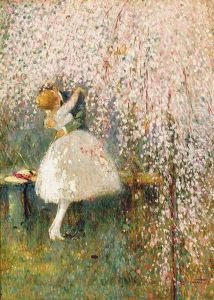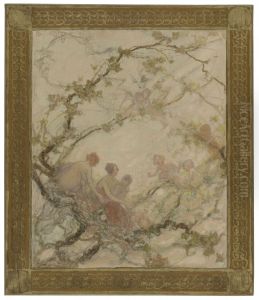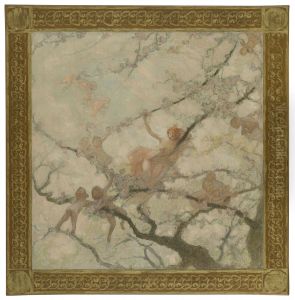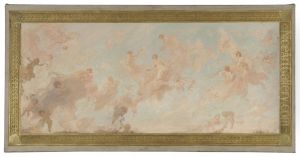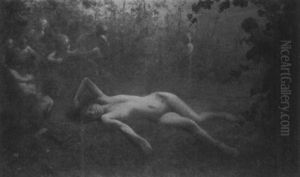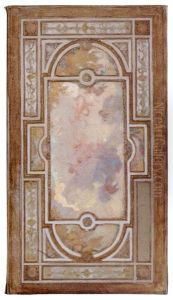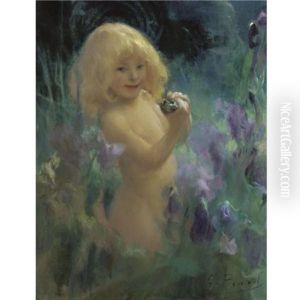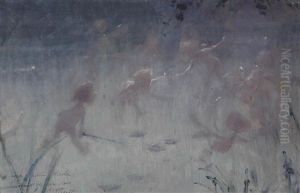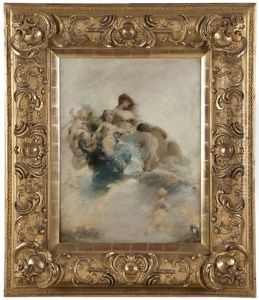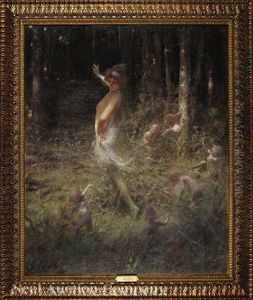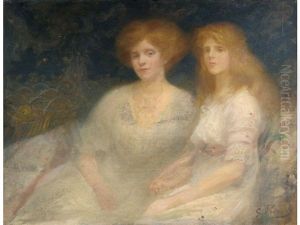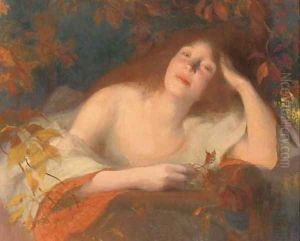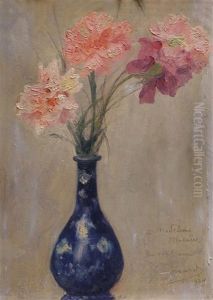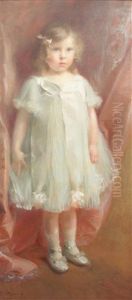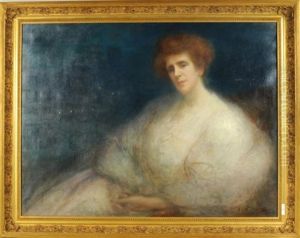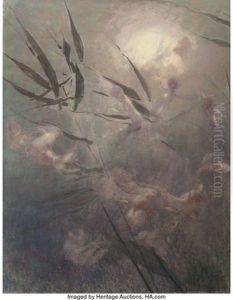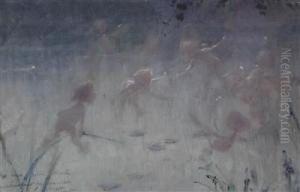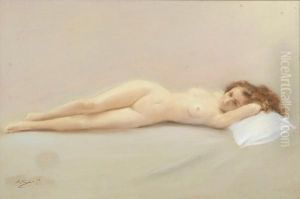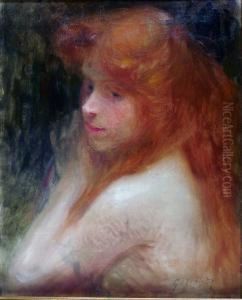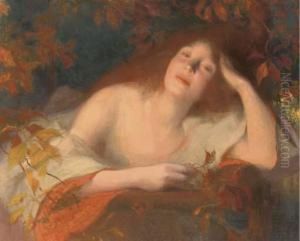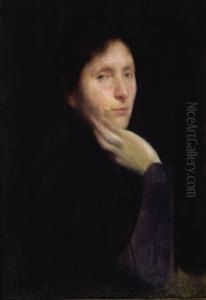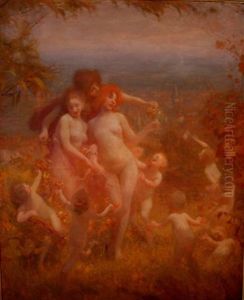Georges Picard Paintings
Georges Picard was a French painter and illustrator born on December 24, 1857, in Remiremont, France. He is known for his contributions to the Art Nouveau movement and his decorative works that include paintings, illustrations, and designs for tapestries.
Picard studied at the École des Beaux-Arts in Paris under the tutelage of Alexandre Cabanel, a prominent academic painter. His education rooted in the academic traditions of the time, Picard's early works were influenced by classical themes and historical subjects, which were popular in the salons of Paris. However, as Art Nouveau emerged towards the end of the 19th century, his style evolved to incorporate the movement's characteristic flowing lines, organic forms, and decorative elements.
Throughout his career, Georges Picard achieved recognition and success. He exhibited his paintings at the Paris Salon, an annual art exhibition hosted by the Académie des Beaux-Arts, where he earned medals for his work in 1881 and 1883. Picard's works were also showcased at the Exposition Universelle in 1889 and 1900, where the Art Nouveau style was celebrated and gained international exposure.
In addition to his paintings, Picard was a prolific illustrator. He contributed to various publications, including books and magazines, often working alongside other artists of the Art Nouveau movement. His illustrations featured the elegant and sinuous lines that defined the style, and he was adept at capturing the essence of the era in his artwork.
Georges Picard's versatility extended beyond painting and illustration. He was skilled in decorative arts, creating designs for ceramics, furniture, and tapestries, further demonstrating his integration of art into everyday life, which was a key principle of the Art Nouveau philosophy.
Despite his success during his lifetime, Georges Picard's work became less prominent after his death on March 10, 1943, in Saint-Mandé, France. The decline of the Art Nouveau movement and the rise of new artistic styles meant that his work, like that of many of his contemporaries, did not maintain the same level of public interest in the following decades. Nevertheless, Picard's contributions to French art and the Art Nouveau movement are still recognized by art historians and collectors today, and his works can be found in museums and private collections around the world.
